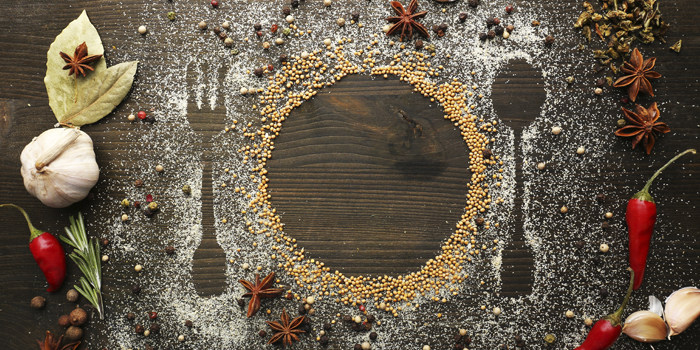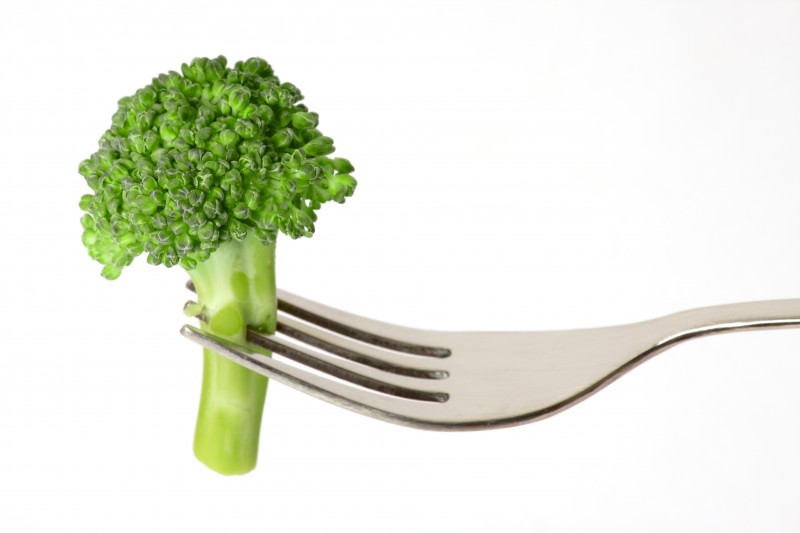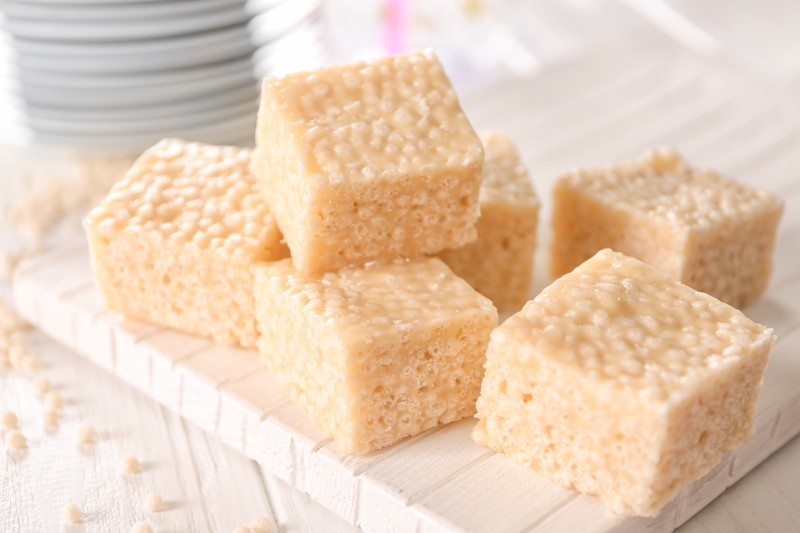
Originally published in October of 2014
Flexible dieting or IIFYM (If It Fits Your Macros) is a growing trend where physique athletes work a variety of foods into their macronutrient allotment for the day. Want to switch out a sweet potato for a pop-tart? That’s fair game. Craving chicken instead of that cold can of tuna? No problem. For the most part, people have proven time and time again that having some flexibility in their diets doesn’t have to derail their physique goals.
Physique athletes should seek to optimize their contest prep dieting strategies. Maximizing digestion, minimizing inflammation, making sure there are no nutrient deficiencies, and making food prep that much easier goes a long way in ensuring the physique athlete can be at their very best come show day. The last thing I want is one of my athletes fitting some foreign food into their macros and experiencing unwanted and unexpected bloating, digestive issues, hunger, lethargy, etc. Sure, during the first half of a long contest prep these things aren’t the end of the world. But every day counts, and tracking progress accurately as well as maximizing performance requires consistent, well thought-out application of the right training, nutrition, and supplementation principles. Having random water retention and weight jumps isn’t conducive to this kind of optimal environment.
While a variety of nutrient-dense food can and should be worked into a contest prep diet on occasion, I’ve come to notice that certain foods elicit greater visible changes in a person’s physique when consumed regularly in the diet. Getting close to the finish line is certainly possible without these foods, but I believe that implementing them (if possible, given no history of food allergies) creates a grainy, dry, polished physique at the end of the race.

Image credit: harshmunjal © 123rf.com
Broccoli
Broccoli is part of the cabbage family, which also includes cauliflower and Brussels sprouts. Any cruciferous vegetables would work here, but broccoli reigns supreme. Low calorie, high fiber, filling and incredibly nutritious, broccoli is a nutrition powerhouse that everyone should be incorporating into their diets. Broccoli also tends to be more affordable than other cruciferous veggies and is often easier to freeze and prepare as well. Cheap, effective and easy, broccoli is a winner in my book.
Compounds in broccoli have been shown to fight cancer, lower cholesterol levels, support the detoxification process, restore vitamin D levels, and even lessen the impact of allergens in the body. A one cup serving (3oz.) of broccoli yields around 3g protein, 6g carbohydrate (2-3g fiber), zero fat and only 30 calories. This can easily be added to meals during contest prep with minimal investment in calories for a maximal return in nutrition.
Cruciferous veggies take things one step further in offering estrogen management as a beneficial effect to the physique athlete. It is believed that a group of compounds called indoles are responsible for broccoli’s cancer-fighting benefits as well as its ability to manage estrogen levels naturally in the body. Regular broccoli consumption may keep estrogen levels in check, which may result in less water retention and a greater ability to burn body fat in stubborn areas.
The two main indoles of note are Indole-3-carbinol (I3C) and Diindolylmethane (DIIM). While both can be purchased in their pure form as nutrition supplements, it isn’t 100% clear if it’s one of more of these indoles that elicits these effects specifically or if it’s their synergy when consumed together, or even some other compound contained in broccoli. To ensure your broccoli contains the highest concentration of these nutrients, it is recommended to steam, microwave, or stir-fry as opposed to boiling for preparation. I like to start athletes on 1 cup broccoli with one meal a day and slowly increase as digestion improves and calories get reduced over the course of a contest diet.
- Runner-up: Brussels Sprouts (High in indoles and fiber, but slightly starchier than broccoli.)
- Honorable mention: Cabbage
Coconut Oil
If you haven’t heard about the benefits of coconut oil you’ve clearly been out of the loop, as coconut oil has seen a surge in usage and sales in the fitness community. Coconut oil is the fruit of the coconut palm and is primarily composed of saturated fatty acids in the form of medium chain triglycerides (MCT), which do not require bile salts for digestion. This means coconut oil is readily converted to energy in the liver, which makes it also less likely to be stored as body fat. Because of its high saturated fat content, it is great for higher heat cooking and is slow to oxidize, thus not spoiling as fast as traditional oils.
Over 50% of the fats found in coconut oil come from lauric acid. In the body, lauric acid is converted to monolaurin, a fat otherwise found in breast milk thought to create a more favorable HDL:LDL (“good” to “bad” cholesterol) ratio as well as having anti-viral and anti-microbial properties, thus increasing the immune system. Endurance athletes have been utilizing the MCT found in coconut oil for sustained energy, and some research claims that when replacing regular, long-chain fatty acids in the diet with MCT, calorie burning and fatty acid oxidation are increased. During a contest diet, this means more readily available energy and less fat storage. When working with clients, I generally replace other fat sources in the diet, such as nuts/nut butter, with coconut oil as calories decrease.
- Runner-up: Grass-fed Butter (Offering a host of health benefits in its own right, butter contains more short chain fatty acids (such as butyrate) than most fats, which is important for colon health and anti-inflammation.)
- Honorable mention: Synthetic MCT oil (supplemented)
Image credit: belchonock © 123rf.com
Rice Krispy Treats
No, this is not a misprint. You probably thought I’d list bodybuilding staples like egg whites, chicken breast, sweet potato, or brown rice. These foods are just fine and I often utilize them in contest diets. I like to utilize easily digestible carbohydrates for a variety of purposes during a diet, such as pre- and post-workout nutrition, weekly refeeds, and peak-week carbohydrate loading. Many foods fit the bill here, such as white rice, cream of rice, breakfast cereal, carbohydrate powders, white potato, etc. But for my money I’d put Rice Krispy Treats ahead of them all for a few reasons.
Rice, in general, tends to be less allergenic than many other carbohydrates, and the more refined a product the less likely it is to cause major issues. During the final stages of contest prep, the last thing I want is a bloated, watery mess of a client because they consumed a questionable food source or accidentally increased their fiber to a significant degree. During my last prep, I tried using a variety of carb sources during my weekly refeeds only to experience bloating, constipation, and weight jumps that made tracking progress difficult. I switched everything out for refined, no fiber, rice-based products and all these symptoms dissipated. The same has been noticed in many of my clients.
A few other reasons I like RKT during prep are mainly to eliminate human error and make things easy for the client. The last thing I want is a client improperly measuring their carbohydrates during a refeed and consuming either too much or too little. Varied cooking methods and hydration content of traditional foods like potato and rice make it more likely that a client, no matter how detailed I spell things out, will get “prep brain” and inevitably fuck something up. I’ve seen it far too often. I’m not a fan of volume measurements in general as that “1 cup” of rice can quickly become more and more packed as well as heaped at the top as the athlete gets more and more hungry and tired. It’s much easier to tell them “Add 2 RKT (17g or 28g carbs each, depending on the size) to Meal 2” than risk them making a mistake.
Prepackaged and portable, RKT makes it easy to consume a desired amount of carbohydrates without having to worry about storage or preparation. Lastly, RKT are tasty! Who doesn’t like RKT? To a dieting physique athlete, RKT is a welcomed treat and deviation from otherwise less desirable prep foods (like the aforementioned broccoli).
- Runner-up: Cream of Rice (I buy the baby food version as it’s usually more affordable than the adult version. It also tends to be easier to digest and can be mixed with water and consumed without cooking.)
- Honorable mention: Jasmine White Rice
Contest prep doesn’t have to be monotonous. Athletes seeking to optimize their contest prep may find merit in following a more consistent plan of approach as well as consuming certain foods over others to maximize results. Try incorporating my top-three prep foods into your next contest diet and see how they work for you.












reduces total calories from protein and carbs and maybe displace some fat grams as well (replacing 1oz nuts with say 10g coconut oil removes 4-5g fat)
Bro science is stating information with no scientific backing or vernacular whatsoever.